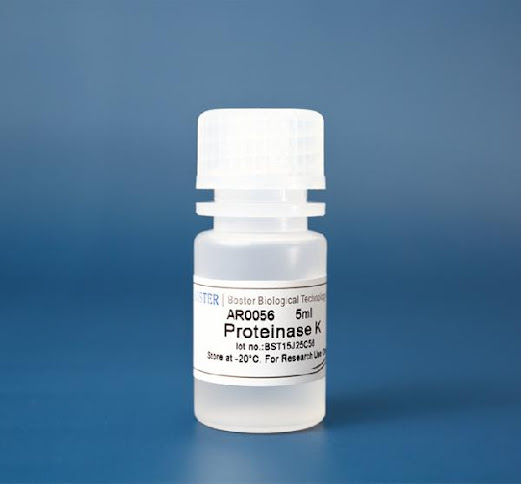Rapid growth in the infrastructure industry is augmenting the growth of the geosynthetics market
Geosynthetics
have been around for quite a while. Geosynthetics can be broadly categorized
into eight main categories: hemodialysis, hydrotherapy, metallurgy, soil
science, thermodynamics, fluid science, environmental science, and
biotechnology. The first two categories are broadly useful in providing
information on soil fertility and other application areas. Geodialysis is
basically a science that studies the condition and quality of the soil.
Hydrotherapy uses the knowledge of how water and other fluids interact with
soil to deliver benefits to farmers, industry, and other consumers. And
metallurgy deals with the design, production, and supply of various metals.
Increasing
construction activities around the globe is driving the growth of the geosynthetics
market. The growing application of geosynthetics for controlling erosion is
also anticipated to foster the growth of the market. According to the
Agriculture at a Crossroads, the European Union is losing 970 million tons of
soil per year due to water erosion, an amount equivalent to one meter-depth
loss of soil from an area the size of the city of Berlin or enough to cover an
area twice the size of Belgium with one centimeter of soil. Moreover, the
growing demand for durable materials that provide superior mechanical
protection and wastewater treatment is further expected to bring new growth
opportunities for the market of geosynthetics market.
The
Asia Pacific is projected to exhibit significant growth over the forecast
period and this is attributed to the rapid development in the construction
industry due to growing investment. According to the India Brand Equity
Foundation, Large investment in infrastructure has seen momentum as overall PE
(private equity)/VC (venture capital) investment touched an all-time high of
US$ 14.5 billion in 2019. Indian Railways has received an allocation of Rs.
72,216 crore (US$ 10.33 billion) under Union Budget 2020-21. India plans to
spend US$ 1.4 trillion on infrastructure during 2019-23 to have a sustainable
development of the country.
Key Developments:
1. In July 2019, HUESKER has launched
the first geogrid made from 100% recycled polyethylene terephthalate (PET). The
newly launched product belongs to the environmentally friendly solutions
category that conserves natural resources during production and offers the same
quality as its conventional counterparts.
2. In October 2017, Colloids has
launched two new specialty masterbatches for manufacturing HDPE geomembrane
liners: MPE9D2203, a premium UV grade; and MPE9D2219, an economy liner grade
3. In February 2019, Propex
GeoSolutions has launched PETROMAT® Enviro, a patent-pending technology that is
engineered to easily mill into small pieces and be recycled into new asphalt
pavement.




Comments
Post a Comment